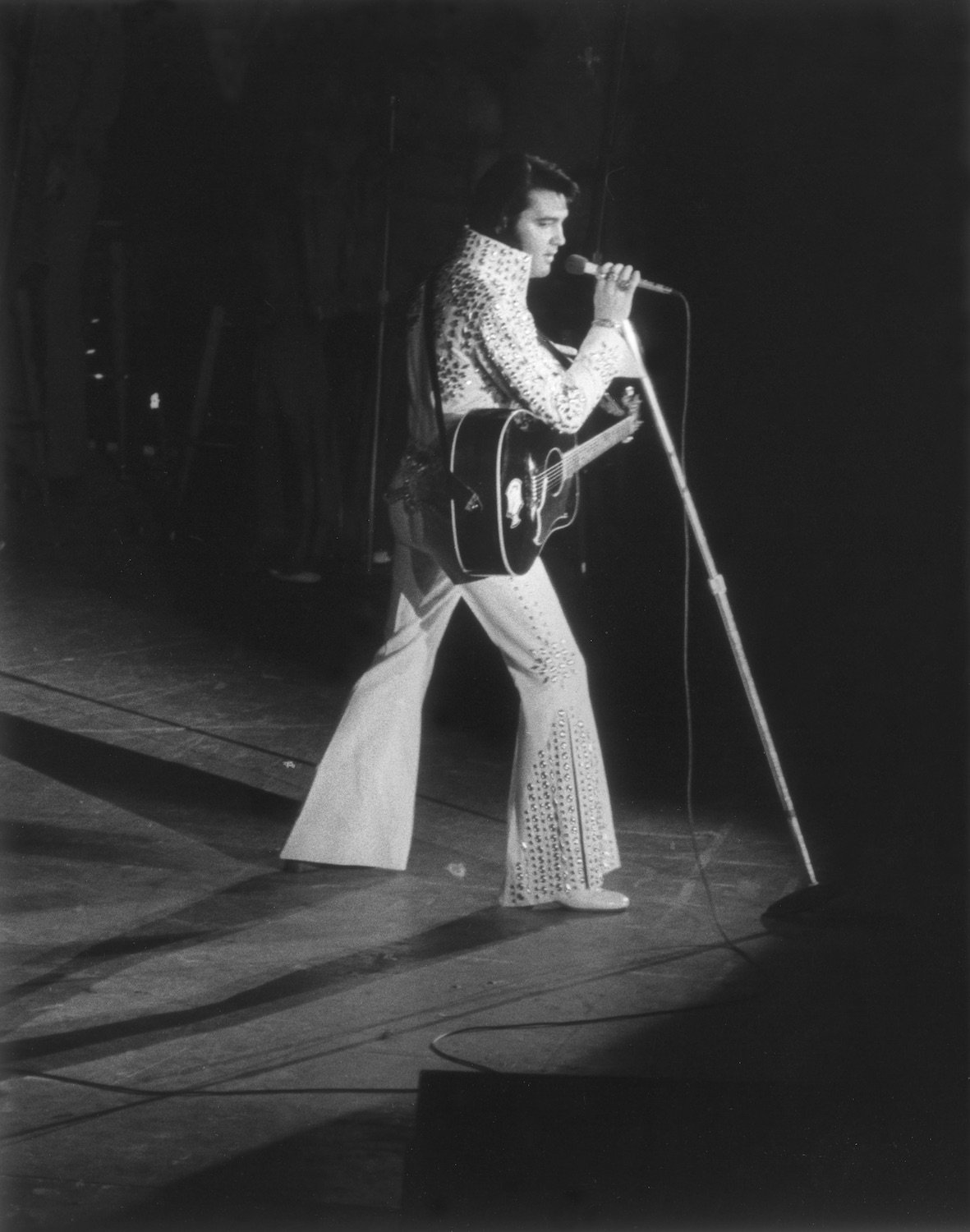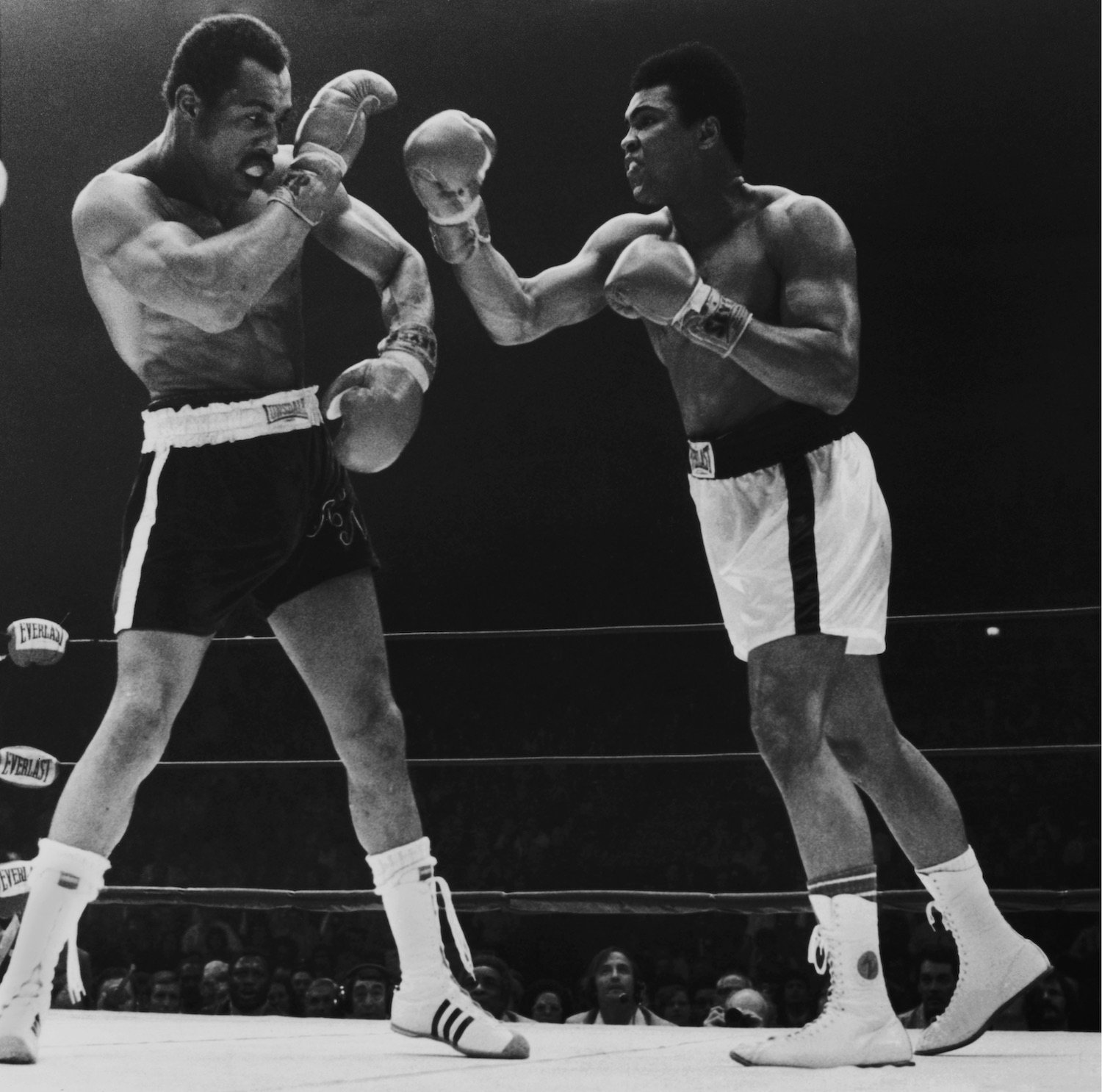What to Know About the Multibillion-Dollar Midway Rising Project
When the filmmaker Cameron Crowe needed a stadium to look like it was from the 1970s for his 2000 movie Almost Famous, he turned to his hometown. He filmed the scene in which protagonist William Miller meets the rock band Stillwater for the first time at Sports Arena Stadium (now called Pechanga Arena).
Twenty-five years after the release of Almost Famous, the 1966 stadium still looks much the same—but maybe not for long. Now the site is slated for a massive revamp dubbed “Midway Rising.” The plan is to replace the original Pechanga Arena (which currently seats about 14,000) with a new 16,000-seat stadium, along with 2,000 affordable apartments, 2,250 market-rate apartments, 130,000 square feet of shops and restaurants, and 14.5 acres of parks and public space.

The team behind the project includes Chelsea Investment Corporation, sports venue developer Legends, and market-rate housing developer Zephyr. It’s funded by real estate investment firm The Kroenke Group.
“I think it’s the opportunity to bring a world-class, modernized entertainment center to the city,” says Zephyr CEO Brad Termini. “Having a new arena at the Midway has been a goal of the city for as long as I’ve lived here, and it feels like we’re really close to delivering that vision, a facility that could attract the globe’s best talent and shows for San Diego.”
The redevelopment began in September 2022, when the San Diego City Council formally selected the Midway Rising team to take on the project. This spring, the draft environmental impact report (EIR) for the project was released, and the team is holding a series of meetings to collect community feedback. The goal is for it to go to the City Council this fall for approval.

The Kroenke Group are the majority funders of the project, but Termini says they aren’t ready to state publicly how much it will cost. “It’s evolving. With the crazy construction markets we find ourselves in today, it’s very difficult to peg that, so we’re not releasing any public budget numbers at this time,” he adds.
However, those figures have the potential to be massive. According to the City of San Diego, the project’s affordable housing developer, Chelsea Investment Corporation, led 65 projects in San Diego County and more than 120 throughout Southern California at a total cost of over $3 billion. Meanwhile, Zephyr has headed more than $1 billion in mixed-use developments.
Whatever the final investment, Pechanga Arena will be completely transformed. Termini tells us that the current iteration is too old and outdated to attract big-name concerts. Its loading dock, lighting, and sound aren’t up to current standards.

“It’s kind of like a dive bar—when the lights are low and it’s full, it can still be a fun place,” he says. “But when the lights go up, you really see what’s there. It’s really lacking.”
That rings true for local sports fan Zack Tembi, who regularly attends San Diego Seals lacrosse games at the old stadium. “It’s just stale,” he says. “San Diego isn’t known for being a sports city, right? So, if we have something that can attract good events and talent, I’m all about that.”
Ideally, Tembi adds, the vision would expand beyond the stadium.
“I think they should make more of a community center, like what you see with most of the modern stadiums,” he continues. “Things that are accessible around the stadium—whether it’s parks or shops or restaurants—that bring people in even when there’s no event. I’d also love to see things around the stadium that you can go to without needing a ticket. Stuff that’s fun, like a restaurant with golf simulators or interactive experiences. Just more ways people in the community can use the space all the time, not just when there’s a concert or a game.”

While there’s no promise of golf simulators just yet, developers do intend to include lots of retail and restaurant space, along with public parks. Termini says his team predicts it will have a massive economic impact—perhaps equivalent to the three largest events the San Diego Convention Center hosts every year, including Comic-Con.
Christina Bibler, director of economic development for the City of San Diego, is excited about the project’s potential effects. “Just the sheer magnitude and size of a 48-acre parcel that is going to [have a ton of housing units and create many] jobs—it will be legacy-leaving for Midway,” she says. “[We’re looking at] more amenities, increased revenue, and the revitalization of a site that hasn’t really been revitalized since the mid-1960s.”
The project is a major priority for her team, she explains, because of the affordable housing it will bring and because it will help make better use of the land owned by the city. “Its [value depreciates] when you don’t reinvest,” she says. “This is about revitalizing and catalyzing the Midway area in a way that will have a lasting impact for future generations.”

But the surrounding community has concerns. The biggest one for the Peninsula Community Planning Board, which advises the city on developments in that area, is the traffic a bigger stadium will bring.
“Rosecrans Street is already congested, and this project doesn’t fully mitigate that,” says Javier Saunders, head of the group’s long-range planning committee. “We just feel we’re going to be saddled with additional traffic that’s not going to be addressed properly.”
According to Saunders, the project’s current suggested traffic alleviation techniques are laughable. “What they’re proposing is a shuttle bus—one shuttle bus,” he notes. “And then they’re giving their employees public transit passes for the entertainment center as mitigation. I think it’s a slap in the face to the city.”

Saunders says his group would like to see more—particularly a street extension on Greenwood Street and a pedestrian and bike overcrossing at Camino del Rio West—to help manage traffic. The Greenwood Street extension was in the community plan, he says, but it was removed to make more room for development.
The influx of new residences in the area may also increase traffic, but developers are exempt from having to explain how they intend to mitigate those concerns in the impact report because they plan to include affordable housing.
“The next step is to go to the City Council and present our issues,” he adds. “The council can say the benefits outweigh the impacts and approve it as is, or it can say, ‘We’re not going to approve this now. We want you to go back and address some issues.’ [The latter is] what we’re hoping for.”

Others in the community bring apprehensions, too, including Clifford Weiler, an attorney who filed a letter in response to the project’s environmental impact report. He says the ground in the area is sinking. In 50 years, he believes, people will move into Midway apartments “and [be unable to] shut their doors. The foundations [will be] cracked or the water pipes [will be] cracked. Even though I’m going to be dead—and you can print that—I want it to be done right so nobody gets stuck with a catastrophe that might happen and the expense of trying to correct it decades from now.”
Jim Royle, the environmental review committee chair for the San Diego County Archaeological Society, also feels the project has not done enough to check for and protect potential archaeological relics, including Native American artifacts, where construction will happen. “The bottom line is that there would have been an expectation for archaeological monitoring for the excavations in the area of the site. And [the developers] don’t even call for monitoring,” he says. “I was surprised, given that they basically acknowledged in the EIR that they don’t know what’s there—because no prior evaluation has been conducted.”

Zephyr CEO Termini, however, argues that those worries will be addressed in time. “Before we can build anything, there’s a tremendous amount of onsite and off-site infrastructure we need to invest in,” he adds. “That infrastructure won’t just benefit the project—it will benefit the entire Midway community, with traffic improvements, bike lanes, public spaces, and more.”
Plus, he says, the project will be the largest affordable housing project in the history of California, “and those units will be intermixed with market-rate, luxury units, all in a walkable, environmentally friendly community. We plan on delivering housing for all—San Diegans from all walks of life and income levels.”
The success of that goal remains to be seen. After all, the Midway Rising team is still holding public meetings with the goal of getting full approval by the City Council. According to Termini, the soonest we’ll see them break ground is the end of 2026—so Almost Famous fans have a little more time to check out the set where it all began.
The post What to Know About the Multibillion-Dollar Midway Rising Project appeared first on San Diego Magazine.
Categories
Recent Posts













